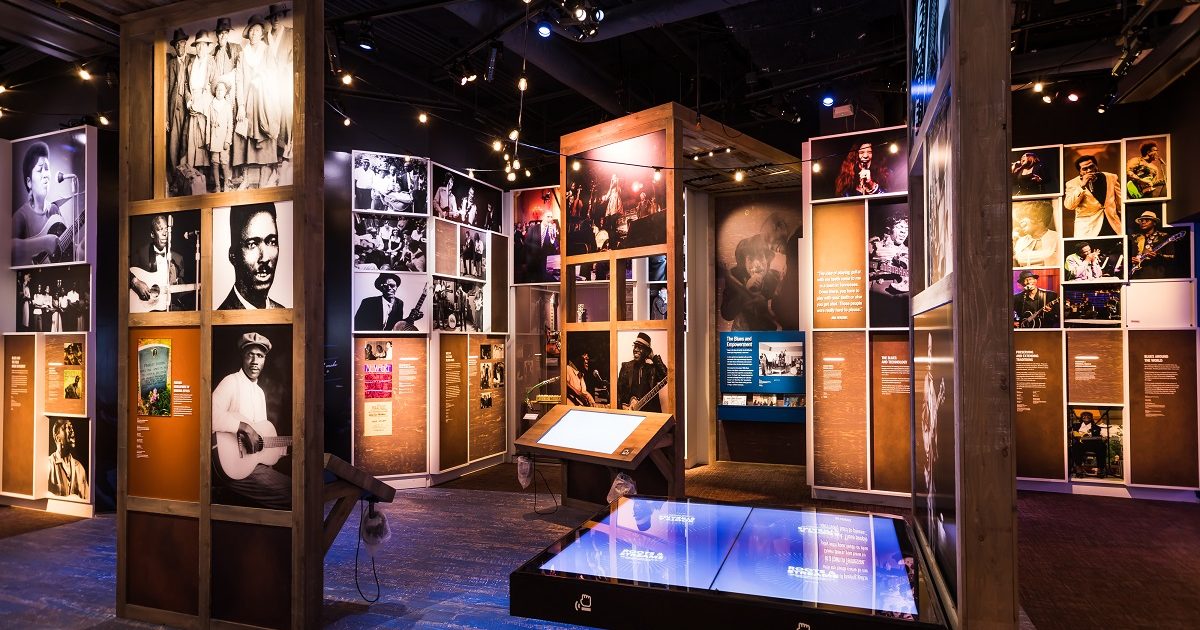Len Chandler
Chandler showed an early interest in music and began playing piano at age 8. Studying classical music in his early teens, he learned to play the oboe so he could join the high school band, and during his senior year joined the Akron Symphony Orchestra. He eventually earned his B.A. in Music Education from the University of Akron, moved to New York City, and received an M.A. from Columbia University.


